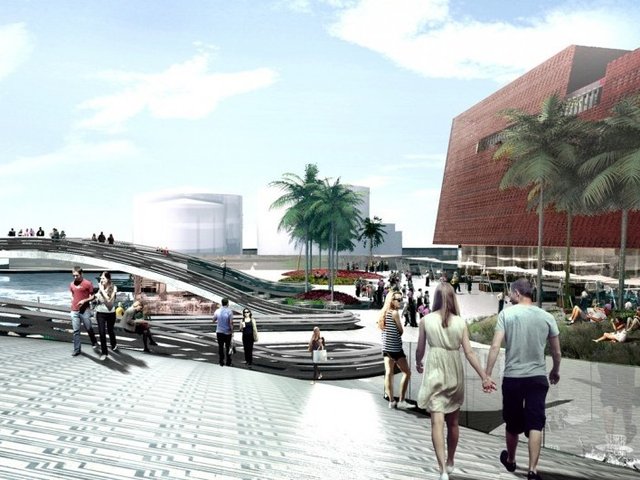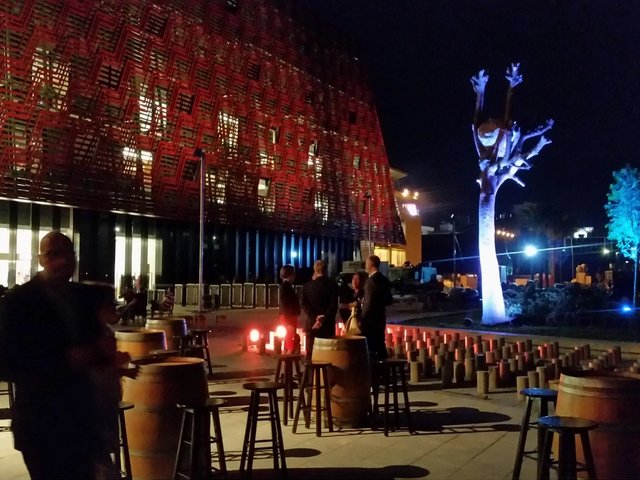Jal El Dib, Lebanon
A leading collector aims to launch Lebanon’s first contemporary art foundation in early 2014 with the opening of a gallery for his collection in the seaside resort of Jal El Dib, north of Beirut. Tony Salamé, a Lebanese retail magnate who founded the Aishti fashion chain, added to his holdings last month by buying around 20 works at the Frieze Art Fair in New York.
Salamé began buying art in 2003, initially acquiring Arte Povera works by Lucio Fontana and Michelangelo Pistoletto. Salamé’s 1,200-strong collection now features pieces by Tony Cragg, Piotr Uklanski, Walid Raad, Glenn Ligon, Kelley Walker and Wade Guyton. He also owns three works by Takashi Murakami, including the 2011 piece Klein Large Painting 3 Blue. Hirst is another favourite of Salamé, who owns one of the artist’s butterfly-on-canvas paintings, The Science of Good and Evil, 2007. Salamé added to his collection at Frieze New York by buying pieces by Klara Lidén, Raymond Pettibon, Isa Genzken and Jim Lambie.
“I don’t really have an acquisition budget,” he says. “Buying art is like a virus: if you want it, you buy it.” Jérôme Sans, the former director of the Ullens Center for Contemporary Art in Beijing, and the New York dealer Suzanne Geiss, the former managing director of the now defunct Deitch Projects gallery, are acting as curatorial advisers to the foundation, assisting with acquisitions.
Salamé’s gallery, which is being designed by the Italian architect Marco Costanzi, is due to open with a show of work by the Arte Povera artist Giuseppe Penone. The budget for the 4,000 sq. m venue, funded entirely by Salamé, is around $20m. Performance art will also be included in the programme.
The building, with gallery spaces and a bookshop, will form part of a larger commercial centre connected by an adjoining hall, with sculptures on display on the waterfront. “I’m buying a lot of pieces because I want to devote single rooms to each and every artist,” he says. “There are very few public art spaces in Lebanon, despite the fact that people here are very curious and interested in contemporary art.” And what about the instability in the region? “We’ve always lived through conflict and have managed to come out on top,” he says.
Originally appeared in The Art Newspaper as 'Collector to build home for contemporary art'



